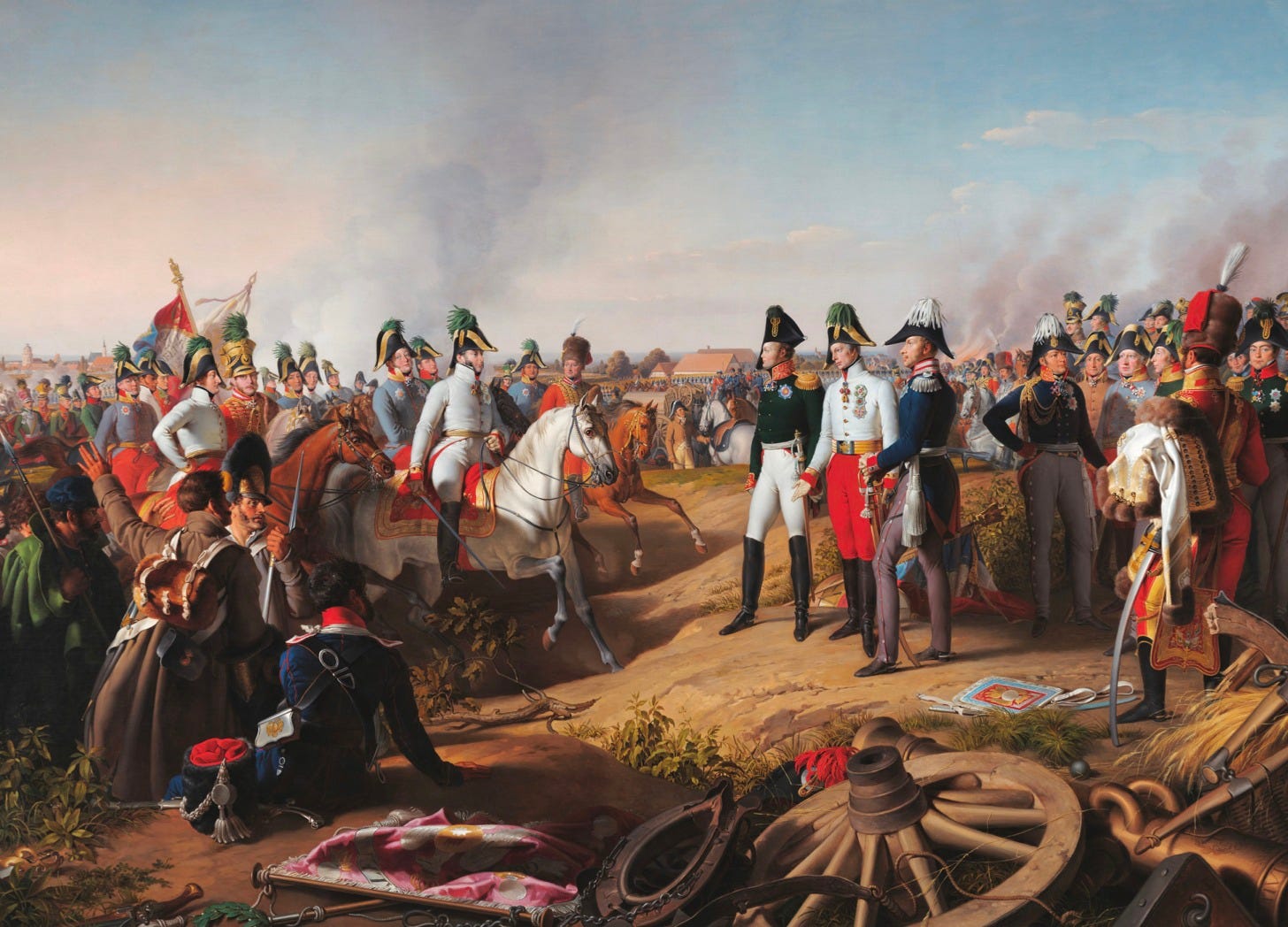
Historians depend upon documents. Thus, until the day before yesterday, we were obliged to go to the trouble and expense of visiting archives. Recently, however, some of the institutions that preserve the papers of the past have been digitizing their collections and, better yet, putting the electronic copies of documents on line.
For my money, the leaders in this movement hang their chapeaux at the Château de Vincennes, the castle just east of the Paris that serves as the home of the Service Historique de la Défense. Formerly known as the Service Historique des Armées and, to the amusement of Anglophones who sound out acronyms, the Service Historique de l’Armée de Terre, the SHD maintains a gateway that, among other things, allows anyone with an internet connection to peruse the journaux des marches et des opérations of units that fought in the First World War.
Libraries and Archives Canada provides a similar service. Indeed, while their website lacks the panache of its French counterpart, our friends on the banks of the Ottawa began digitizing war diaries in the oughties. (They did, however, wait until after I had spent a pile of loonies on a box - one big enough to hold twenty-four Kraft dinners - full of microfilm reels.)
The scanners at the Bundesarchiv - the archive of the German Federal Republic - have also been working overtime. (Well, not exactly overtime. I’m sure that each day’s digitization ceases promptly when the clock strikes five. But, you know what I mean.) As a result, one can find lots of high-quality scans of papers and - wie sagt man ‘squee’ auf Deutsch - maps from days of yore.
That’s the good news. Now for the bad. Each page of each document weighs in a more than a megabyte. When combined with the practice of scanning both sides of each sheet whether or not said side holds writing, the high quality of scans can put a strain the IT suites of private persons. (To put things another way, unless your personal computer resembles Big Blue, you will spend a few minutes deleting blank pages.)
Alas (and, indeed, alack), the Bundesarchiv limits access to some of their digitized documents to people who show up in person, present proper credentials, and assure the archivist that they never sing the old songs. (The German National Library does the same thing with digitized copies of certain books.)
Happily, as Clio loves irony, documents that German institutions confine to a Giftschrank [‘poison cabinet’] can sometimes be found in collections published by the US National Archives and Record Service. While a Johnny-come-lately to the world of archival digitization, America’s attic (as I like to call it) has embarked on a program to convert its many microfilm reels to a less flammable format. Marvelous to say, this means that researchers dependent upon digitized documents will often find it easier to get a German perspective on a given event than an American one.
Speaking of Giftschränke … I have placed the section of this article about additional repositories of German documents behind a paywall. This serves both as a small ‘thank you’ to financial supporters of The Tactical Notebook and a means of hindering the work of busybodies seeking to prove that Substack serves as a refuge for aficionados of the Boys from Brazil.
Keep reading with a 7-day free trial
Subscribe to The Tactical Notebook to keep reading this post and get 7 days of free access to the full post archives.





